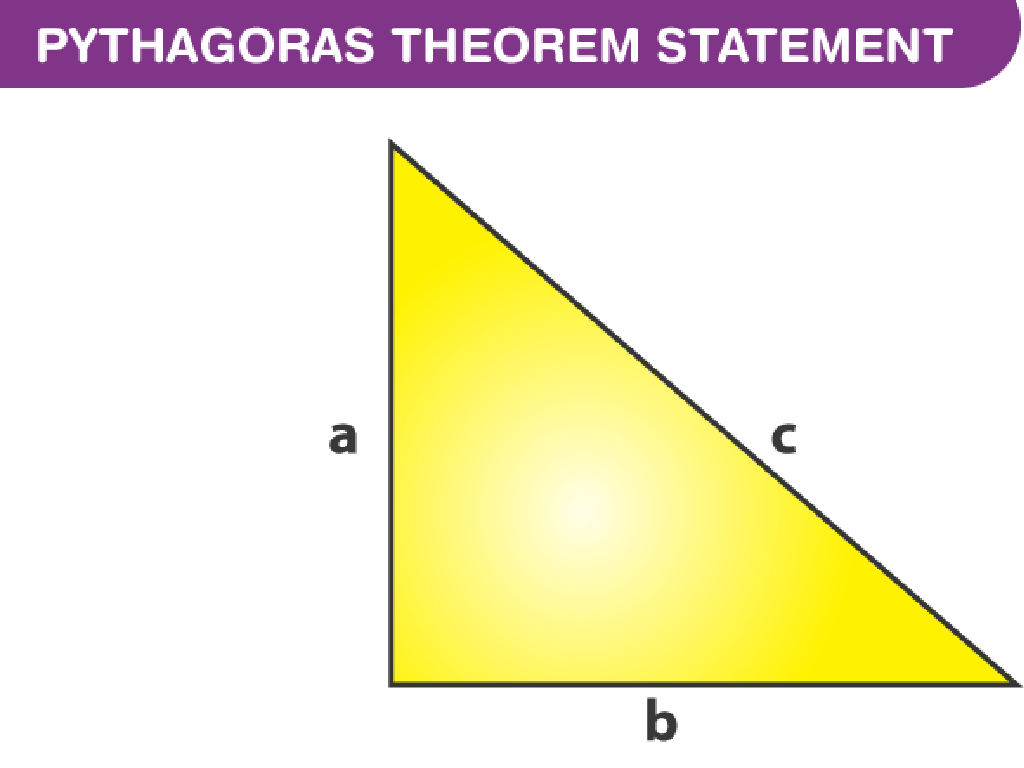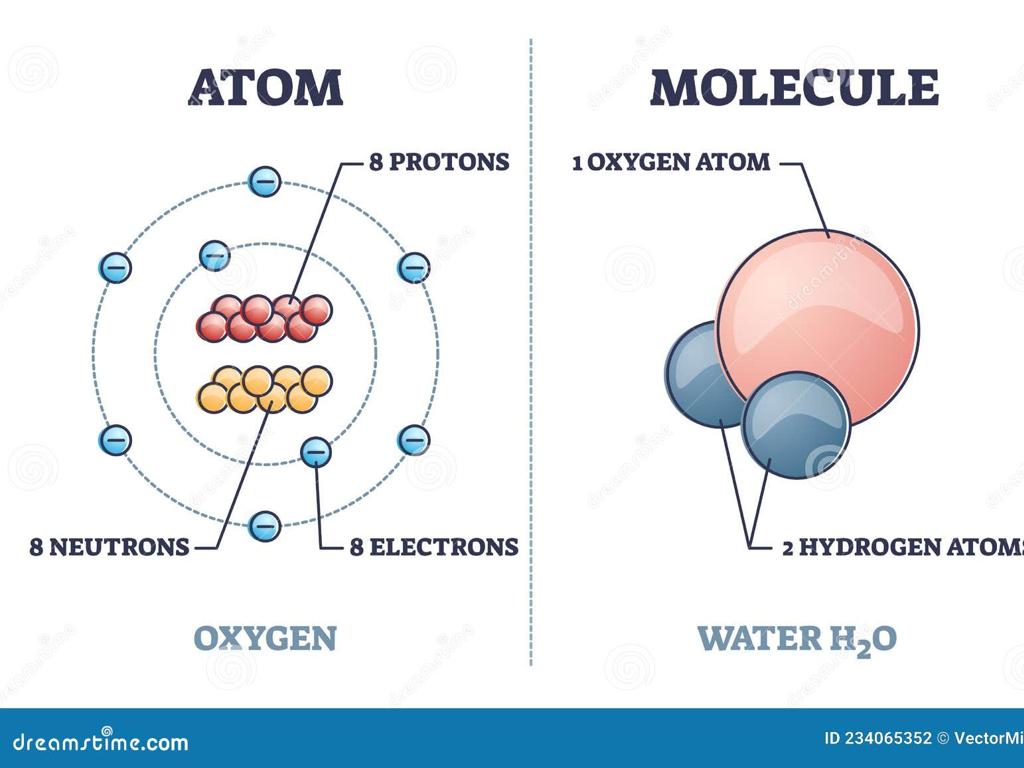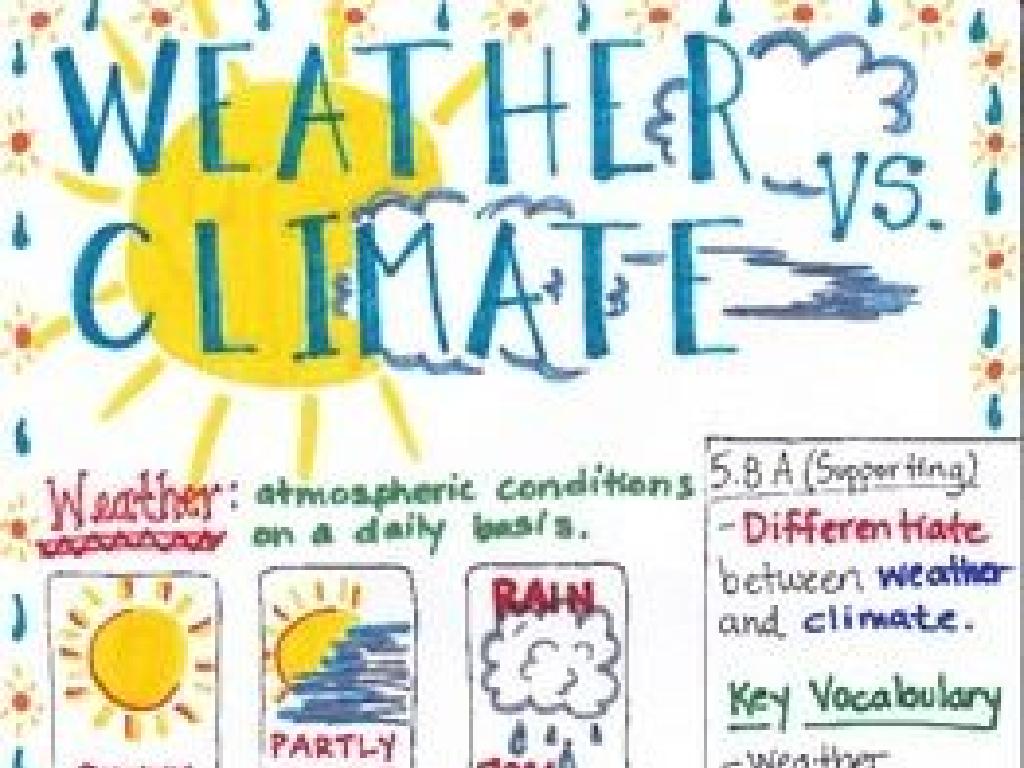The Reformation
Subject: Social studies
Grade: Eighth grade
Topic: Early Modern Europe
Please LOG IN to download the presentation. Access is available to registered users only.
View More Content
The Reformation: A Turning Point in History
– Early Modern Europe backdrop
– The Reformation overview
– A movement that challenged the Catholic Church’s practices
– Significance of the Reformation
– Triggered religious, political, and social changes
– Impact on society and culture
– Led to the rise of Protestantism, changing Europe’s religious landscape
|
This slide introduces students to the Reformation within the context of Early Modern Europe. It’s crucial to set the stage by describing the period’s characteristics, such as the Renaissance’s influence and the growing discontent with the Catholic Church. The Reformation was not just a religious movement but also a catalyst for widespread societal transformation. It’s significant because it led to the fragmentation of the Catholic Church’s authority, giving rise to Protestant denominations and ultimately changing the political and cultural fabric of Europe. Discuss the key figures like Martin Luther and John Calvin, and the publication of the 95 Theses. The impact of the Reformation is still felt today, and this slide will help students understand its lasting importance.
Causes of the Reformation
– Social, political, religious climate
– Tensions arose from societal changes, political power struggles, and differing religious views.
– Corruption within the Catholic Church
– Issues like simony, indulgences, and the opulence of clergy sparked criticism.
– Martin Luther’s pivotal role
– Luther challenged the Church’s teachings, becoming a catalyst for reform.
– Impact of the 95 Theses
– Luther’s 95 Theses criticized Church practices, igniting widespread religious debate.
|
This slide aims to introduce students to the complex backdrop of the Reformation, highlighting the interplay of social, political, and religious factors that set the stage for this pivotal period. Discuss the societal discontent with the established Church, the political maneuvering of the time, and the growing demand for religious reform. Delve into the corruption plaguing the Catholic Church, such as the sale of indulgences. Explain Martin Luther’s significant contribution through his 95 Theses, which questioned the Church’s authority and practices, leading to a seismic shift in religious thought and the eventual splintering of Christianity. Encourage students to consider how these factors combined to create a perfect storm for change.
Key Figures of the Reformation
– Martin Luther’s pivotal role
– Sparked the Reformation with his 95 Theses against Church practices
– John Calvin’s widespread influence
– Calvinism promoted theocracy and predestination, expanding Protestantism
– Henry VIII’s national impact
– Broke from the Catholic Church, creating the Church of England
– Protestantism’s growth
|
This slide introduces students to the central personalities of the Reformation and their contributions. Martin Luther is known for his 95 Theses, which criticized the Catholic Church and sparked widespread religious reform. John Calvin’s teachings on predestination and a theocratic society were instrumental in the spread of Protestantism beyond Germany. Henry VIII’s desire for an annulment led to England’s break from the Catholic Church and the establishment of the Church of England. Understanding these figures helps students grasp the complex social, political, and religious changes of the period. Discuss the motivations of each figure and the consequences of their actions on European society.
Impact of the Reformation
– Shift in religious beliefs
– People began questioning the Catholic Church, leading to new faith interpretations.
– Emergence of Protestantism
– Protestant churches formed, breaking away from Catholic traditions.
– Societal and political shifts
– Changes in power dynamics, with monarchs and states gaining influence over the church.
– Reformation’s lasting legacy
|
The Reformation was a pivotal movement in European history that led to a major shift in religious beliefs and practices. It encouraged people to question the Catholic Church and interpret faith in new ways, which resulted in the creation of Protestant churches. These changes had profound effects on society and politics, altering the power dynamics between the church and state and paving the way for modern nation-states. The Reformation’s legacy continued to influence religious freedom, cultural developments, and societal structures in Europe and beyond. In class, discuss how these changes impacted European life and compare them to religious practices today.
The Counter-Reformation
– Catholic Church’s response
– To address the Protestant Reformation, the Catholic Church initiated changes.
– Council of Trent’s role
– The Council of Trent was convened to guide the Counter-Reformation.
– Decisions made at Trent
– Decisions included reaffirming doctrines and addressing abuses.
– Jesuits in Counter-Reformation
– Jesuits played a key role in renewing the Catholic Church’s mission.
|
The Counter-Reformation was the Catholic Church’s effort to stop the spread of Protestantism and to reform the church from within. Highlight the Council of Trent as a pivotal event where important doctrines were reaffirmed, such as the seven sacraments and the necessity of both faith and good works for salvation. Emphasize the role of the Jesuits, founded by Ignatius of Loyola, in education and missionary work as part of the Counter-Reformation. Discuss how these actions were aimed at revitalizing the Catholic Church and combating the Protestant Reformation’s influence. Encourage students to consider the long-term effects of the Counter-Reformation on the religious landscape of Europe.
Consequences of the Reformation
– Europe’s religious fragmentation
Split of Christendom into competing churches
– The Thirty Years’ War impact
A devastating conflict fueled by religious tension
– Peace of Westphalia significance
Treaties that ended war and shaped nation-states
– Reformation’s modern influence
Shaped today’s religious and cultural landscapes
|
This slide aims to discuss the long-term effects of the Reformation on Europe and the modern world. The Reformation led to the division of Christianity into multiple denominations, which had a lasting impact on the religious landscape of Europe. The Thirty Years’ War was a direct result of this fragmentation, leading to widespread devastation. The Peace of Westphalia, which concluded the war, is significant for establishing the concept of state sovereignty. Lastly, the Reformation has influenced modern society in various ways, including the separation of church and state, the rise of secularism, and the value placed on individualism. Encourage students to think about how these historical events have shaped political and religious institutions today.
Role-Play Debate: Voices of the Reformation
– Divide into historical groups
– Research your Reformation figure
– Look into the life and impact of your figure
– Present your character’s stance
– What did they stand for or against during the Reformation?
– Engage in a class debate
– Discuss the Reformation’s impact on society and religion
|
This class activity is designed to immerse students in the historical context of the Reformation by having them role-play as different figures and factions. By dividing the class into groups, each representing a different viewpoint, students will engage with the material in a dynamic and interactive way. Encourage each group to research their assigned character or faction thoroughly, understanding their motivations and arguments. The debate should be structured to allow each group to present their viewpoints and then open the floor to discussion and rebuttal. Possible roles include Martin Luther, John Calvin, Henry VIII, the Catholic Church, and the peasants. This activity will help students better grasp the complexities of the Reformation and its profound impact on European history.






